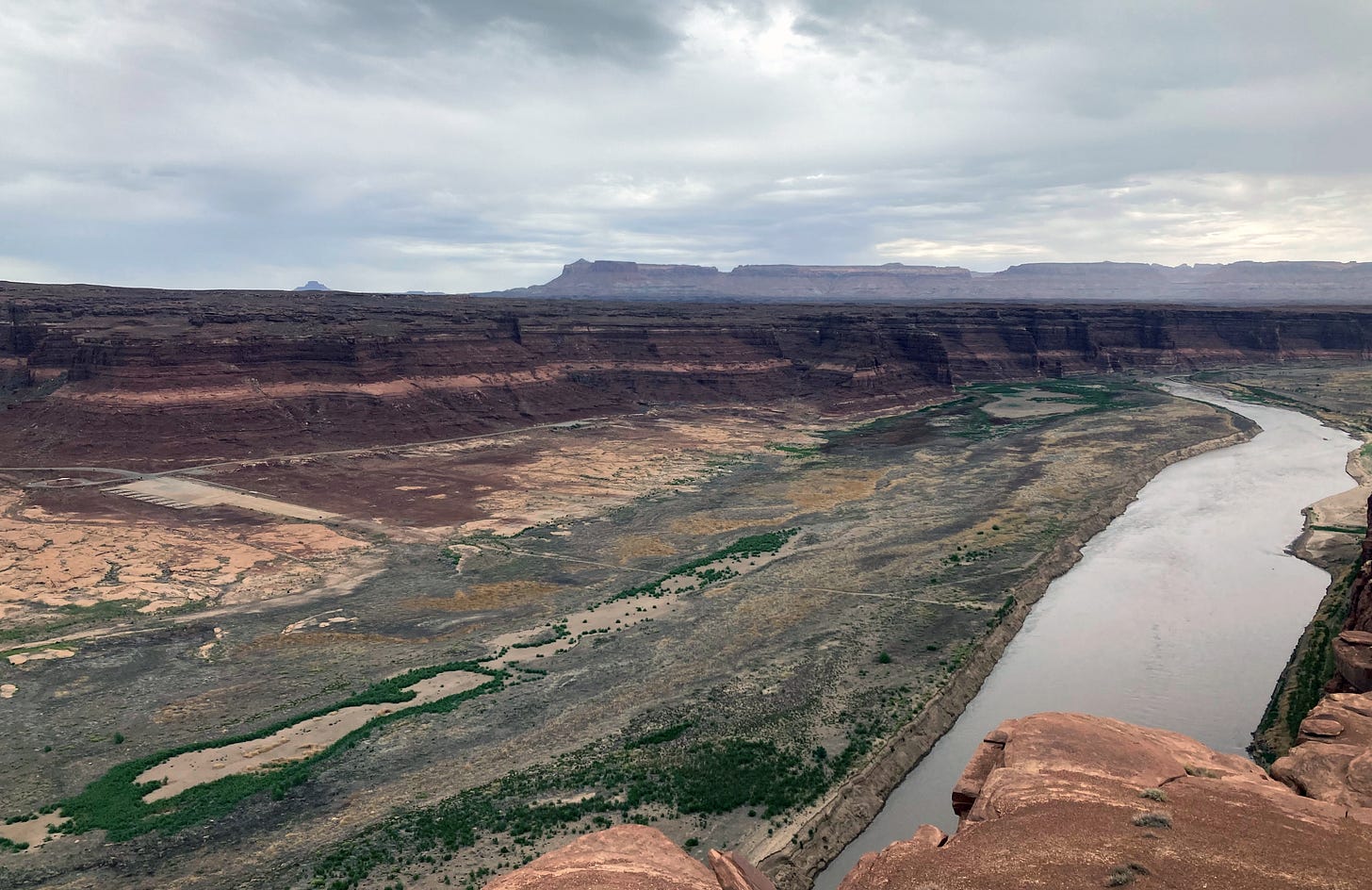Breaking down the"breakthrough" Colorado River deal
It's big news, but probably won't be enough to save the river system

The News: Arizona, California, and Nevada have come up with a landmark agreement to slash their consumption of Colorado River water by 3 million acre-fee…


